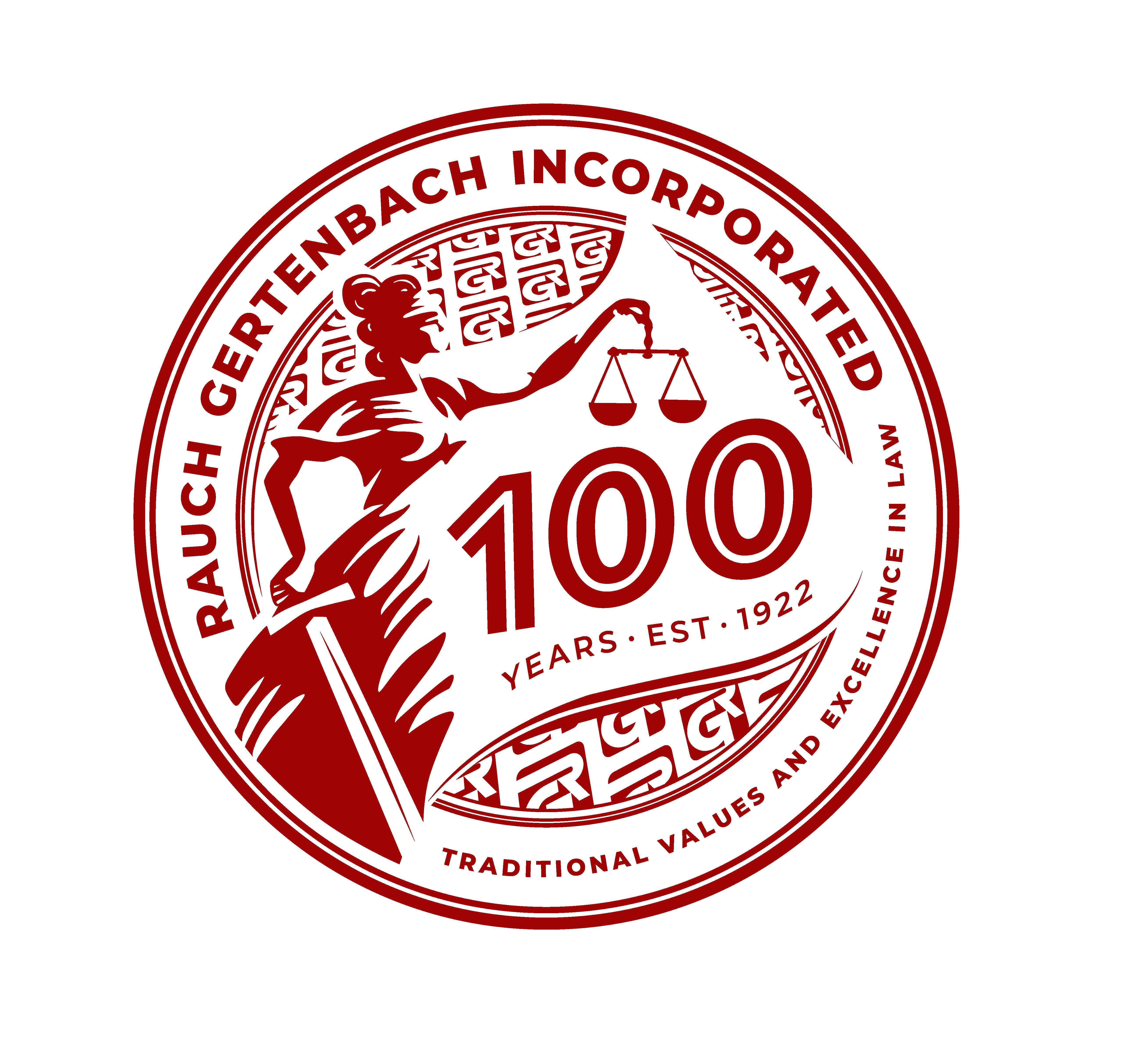Sponsored Content
BUSINESS NEWS - Fixed property, especially property in the Garden Route area, is a popular commodity for every person's property portfolio, but how will this property be dealt with in a deceased estate?
Upon an owner’s demise, their registered property will be transferred to their heirs, either in terms of their last will and testament or in terms of the Intestate Succession Act by the appointed Executor.
The transfer of immovable property can be a tedious process, but by keeping your will up to date and your important documentation in order, you can assist your Executor to facilitate the process.
The estate of a deceased person must be lodged at the Master of the High Court in the geographical area of which the deceased was ordinarily a resident 12 months prior to their demise, alternatively if the deceased was not ordinarily a resident, in the jurisdiction of the High Court of where the deceased's fixed property is located.
Legislation enables only the appointed Executor to deal with the deceased's assets, including but not limited to the transfer or selling of the fixed property.
If the heir(s) of the fixed property prefer to rather sell said property, the Executor may, as soon as the Letters of Executorship have been issued, start the process of the sale and transfer of the property. They are not obliged to wait until the Liquidation and Distribution Account (L&D) has laid free from objection and has been approved by the Master of the High Court. The sale is however subject to the written consent of the heir(s) of the fixed property.
The Executor will sign the Sale Agreement as well as other relevant documentation on behalf of the deceased estate. As soon as all the relevant documentation is signed, the Conveyancer will need to obtain the Master of the High Court's consent to the transfer of the property in terms of Section 42(2) of the Administration of Estates Act. Should the Master have no objections, they will issue a certificate enabling the Conveyancer to lodge the transaction at the Deed's Office and effect transfer to the Purchaser.
Should the heirs however prefer to have the property registered in their name, the Executor is not permitted to effect such transfer before the L&D account has laid for inspection and has been approved by the Master of the High Court. As soon as the Master approves the L&D, the Conveyancer may certify that the transfer can be registered in terms of the L&D and that no objections have been lodged.
Regardless of whether you would like your property to be inherited or sold, make sure that your will is updated regularly, and all relevant documentation is readily available for your Executors to ensure a smooth transfer.
Article by Zancha Kruger, Estate Administrator (LLB)
For more information, kindly contact Zancha, zancha@rgprok.com or 044 601 9900. www.rgprok.co.za

'We bring you the latest Garden Route, Hessequa, Karoo news'
















